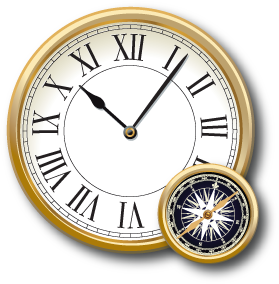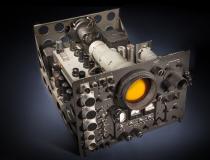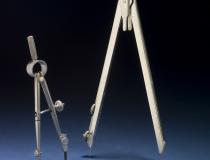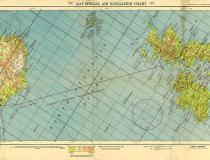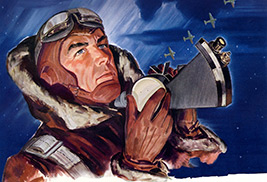World War II spurred great advances in air navigation to meet the urgent needs of nations at war. Use the resources in this section to gain a deeper understanding of the people, tools, and technology of air navigation during World War II.
Meet Lt. Col. Harry Crosby, U.S. Army Air Forces. Crosby was a squadron navigator in the 418th Bomb Squadron, Eighth Air Force. Primary sources, including an oral history, illustrate the challenges of learning the art of navigation in the early years of the war.
World War II drove the United States to develop new navigational technologies. Pre-war navigational techniques were not suited for use in all-weather military operations or by the tens of thousands of inexperienced young navigators entering military service. Many of the tools and technologies developed then are still in use today. In particular, one technology became essential during the war and beyond—LORAN.
LORAN (LOng RANge Navigation) is system of radio navigation based on measuring the time-delay between sets of radio signals. The big advantage of this system over celestial navigation is that it was more accurate during the day and worked at night even when the sky was cloudy.


